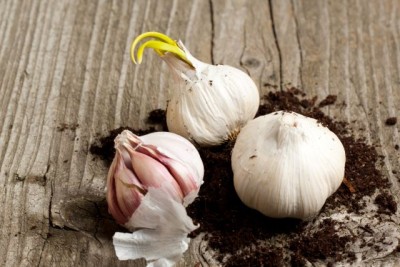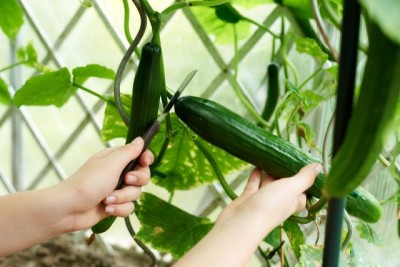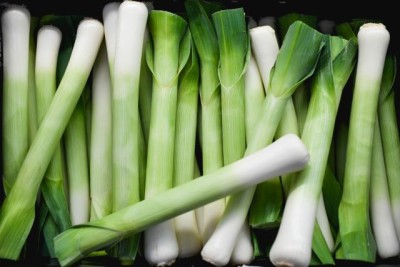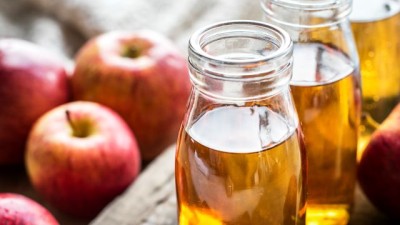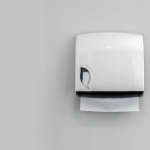Guide To Vegetable Garden Pests: Identification And Management
Warning: Undefined variable $post in /home/dietofli/public_html/wp-content/plugins/code-snippets/php/snippet-ops.php(584) : eval()'d code on line 3
Warning: Attempt to read property "ID" on null in /home/dietofli/public_html/wp-content/plugins/code-snippets/php/snippet-ops.php(584) : eval()'d code on line 3
The estimated reading time is 5 minutes
Warning: Undefined variable $post in /home/dietofli/public_html/wp-content/plugins/oxygen/component-framework/components/classes/code-block.class.php(115) : eval()'d code on line 3
Warning: Attempt to read property "ID" on null in /home/dietofli/public_html/wp-content/plugins/oxygen/component-framework/components/classes/code-block.class.php(115) : eval()'d code on line 3
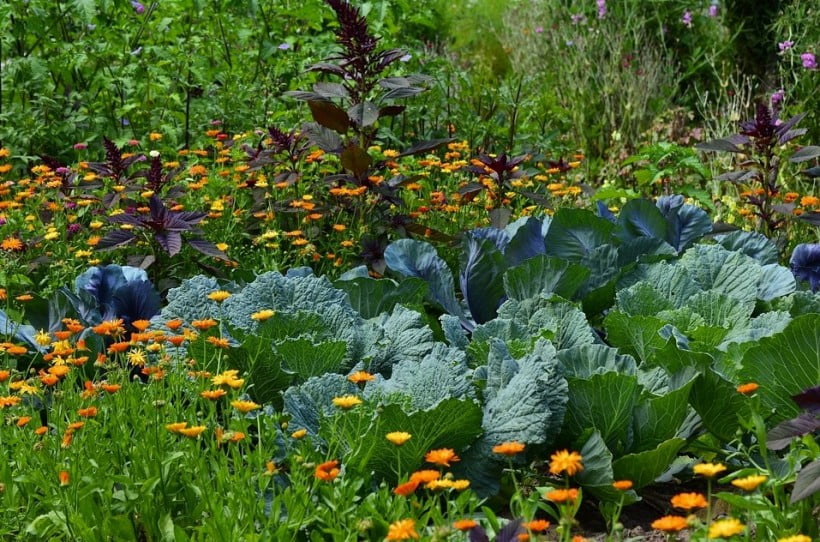
Pests are an inevitable part of managing a vegetable garden. Learning how to identify and deal with whatever is eating your plants is the best way to maintain a productive garden. Try the tips below for identifying and then dealing with garden pests.
Aphids
Aphids are very small, pear-shaped insects commonly found in groups on many different vegetables. These insects range in color from green to yellow, red, grey, black, or brown. Depending on the exact variety and age, aphids may have wings.
Aphids suck the juice from plant stems and the underside of leaves which causes deformed growth. You can prevent aphid infestations by planting flowers that encourage other predator insects. Alternatively, you can regularly wash them off of your vegetables with a hose. Stronger aphid removal methods include horticultural oil and insecticides.
Asparagus Bettles
An adult asparagus beetle is about 1/4" long, black, and has creamy yellow spots and a red mark behind its head. The beetle's larvae are greedy with blackheads. As the name suggests, asparagus beetles feed exclusively on asparagus plants.
Asparagus beetles chew on the plant's spears and ferns causing the upper foliage to become brown. You can prevent these pests by clearing away any garden debris so they have nowhere to hide in the winter. Check your asparagus plants for eggs regularly and squish any you find. If you see any larvae, knock them off your asparagus stems so that spiders and other predators can eat them.
Cabbage Worms
Cabbage worm caterpillars are incredibly destructive. These pests are about 1" long, light green, and have a yellow stripe down their backs. The adult caterpillars become white butterflies with black spots on their wings. Cabbage worms will eat anything in the cabbage family including cabbage, kale radish, Brussels sprouts, broccoli, cauliflower, and turnips.
Cabbage worms chew holes in the leaves and are capable of completely removing foliage from affected plants. The best way of preventing these caterpillars is to encourage birds to live in your garden as many different species will eat these pests. Alternatively, you can remove any caterpillars you see by hand or use Bacillus Thuringiensis-based insecticides.
Carrot Flies
Adult carrot flies are small, black flies with an orange head and orange legs. The flies' larval form is a small, beige-colored maggot. An adult fly will not harm your garden but when they lay eggs, the newly hatched larvae will eat your vegetables' roots. The flies like to lay their eggs near carrots, parsley, parsnips, celeriac, celery, and other herbs and vegetables.
Carrot fly larvae chew holes in the affected plants' roots leaving root systems full of tunnels and scars. You can avoid this pest's mating cycle by waiting to plant your carrots until late May, and rotating your crops every season helps prevent adult carrot flies from moving between plants. To kill off carrot fly larvae, you can release nematodes, particularly Steinernema, into the soil near your plants.
Cucumber Beetles
Cucumber beetles are yellow with either vertical black stripes or black dots depending on the species. This beetle's larval form lives exclusively underground and is rarely seen. Any member of the cucumber family living in your vegetable garden is at risk including cucumbers, melons, gourds, squash, and pumpkins. Occasionally, cucumber beetles can be found on beets, corn, or beans.
Cucumber beetles chew holes in the leaves and flowers of the affected plants while spreading bacterial wilt. You can prevent the damage by planting species of vulnerable crops that are resistant to bacterial wilt. The best way of killing these beetles is by carefully applying pesticides.
Slugs and Snails
Slugs and snails are among the most visible and easiest to identify garden pests. Their bodies are grey, black, brown, or mottled and snails carry shells on their backs that they can retreat into and hide in. Both slugs and snails leave a trail of slime when they move. Dealing with slugs and snails is a fundamental part of garden pest control because they will eat almost any of your plants.
When slugs and snails attack your crops, they leave irregular and ragged holes in the leaves, and they usually come out at night or when it is raining. You can help prevent slugs and snails from entering your garden by watering your plants in the morning when they are least active as they are attracted to wet foliage. Slugs and snails have a lot of predators so encouraging a wide variety of birds and frogs to live in your garden helps keep them under control. Additionally, they do not like to cross over copper so copper strips placed around your plants can act as a barrier. Slug pellets are among the most popular methods for killing slugs and snails, just be careful of the active ingredients as some can be poisonous to pets and other wildlife.
These are examples of some of the most common pests that can affect your garden but this is not a complete list. If you are struggling to identify or control the pests in your garden, never hesitate to ask for the professional help from companies like Excel Pest Control.

